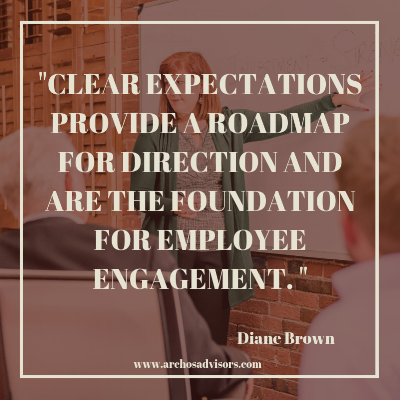
In early 2016 one of my favorite clients asked me to watch A Faster Horse to pull out some key thoughts for a meeting. A Faster Horse is a documentary about the making of the 2015 Ford Mustang. The film shares the entire journey from design to production.
I am not a car person so, honestly, I wasn’t really expecting to enjoy it much. But I have since watched the documentary no less than five times. Embedded in the story are lessons about innovation, leadership, mission orientation, teamwork, collaboration, quality, efficiency, determination, communication, and customer experience. One specific point that jumped out at me both the first time I watched and again recently was the focus on “Job 1”.
So what is Job 1? For Ford, Job 1 is a simple, clearly defined, straightforward expectation: the ship date for a specific vehicle. It is the finish line for the whole team for the launch of a new model. Here are a couple of descriptions from leaders within Ford.
“Job 1 is mass production. It is the culmination of when everything comes together.”
– Frank Davis, Executive Director.
“Job 1 is when the car ships out on trains and on car carriers. They will go to real people and be in people’s driveways. When the first set of customers get in the car, that is Job 1.”
– Dave Pericak, Chief Program Engineer, 2015 Mustang
Some people might read those and say, so what? Everyone has deadlines. What is so special about Job 1? What becomes clear when you watch this documentary is that Job 1 isn’t just a date on the calendar – it’s more than that. It’s delivering a product on time that meets the brand expectations and experience for the model, and the entire team is responsible for reaching this goal. For the team, Job 1 is a foundational expectation that drives and sustains team focus and performance, even long-term. From the initial announcement to the unveiling of the 2015 Mustang, Job 1 took five years to reach.

According to Gallup’s employee engagement research, about 50% of workers in the U.S. do not know what is expected of them at work. In other words, they don’t know what success looks like or what they might need to do to achieve it. To close that gap, leaders must be clear with their expectations. They must help employees know what Job 1 is and how to deliver on it. This includes not just the individual’s “technical job” but also how to work with others to get it done.
Working toward Job 1 includes establishing strategies and expectations on how to navigate priorities and handle challenges that arise. In addition, leaders must ensure that employees understand how their role fits within the big picture and aligns with the company’s strategic goals.
A foundation of clear expectations can provide a consistent mission orientation, regardless of reporting relationship. Consider this commentary from A Faster Horse:
“From the design team to marketing…there are literally thousands of people in the company working on Mustang. At the end of the day, maybe only about 30 of those people work for the Chief Program Engineer. The nature of the job is that you are accountable for everything but you don’t directly control any of the resources. It really comes down to getting people who don’t report to you to do what you need them to do. It’s the ultimate definition of being a leader.”
– Marcy Fisher, Team Mustang 2015 and Jay Thai-Tang, Team Mustang 2005
Clear expectations provide a roadmap for direction and are the foundation for employee engagement. While we may not all have a “mass production ship date”, it is likely we know and can define Job 1. It might be Job 1 within a specific role or team or Job 1 for the whole company. Regardless, these team-oriented goals must be communicated and discussed to have the greatest possible impact. What is your Job 1?

